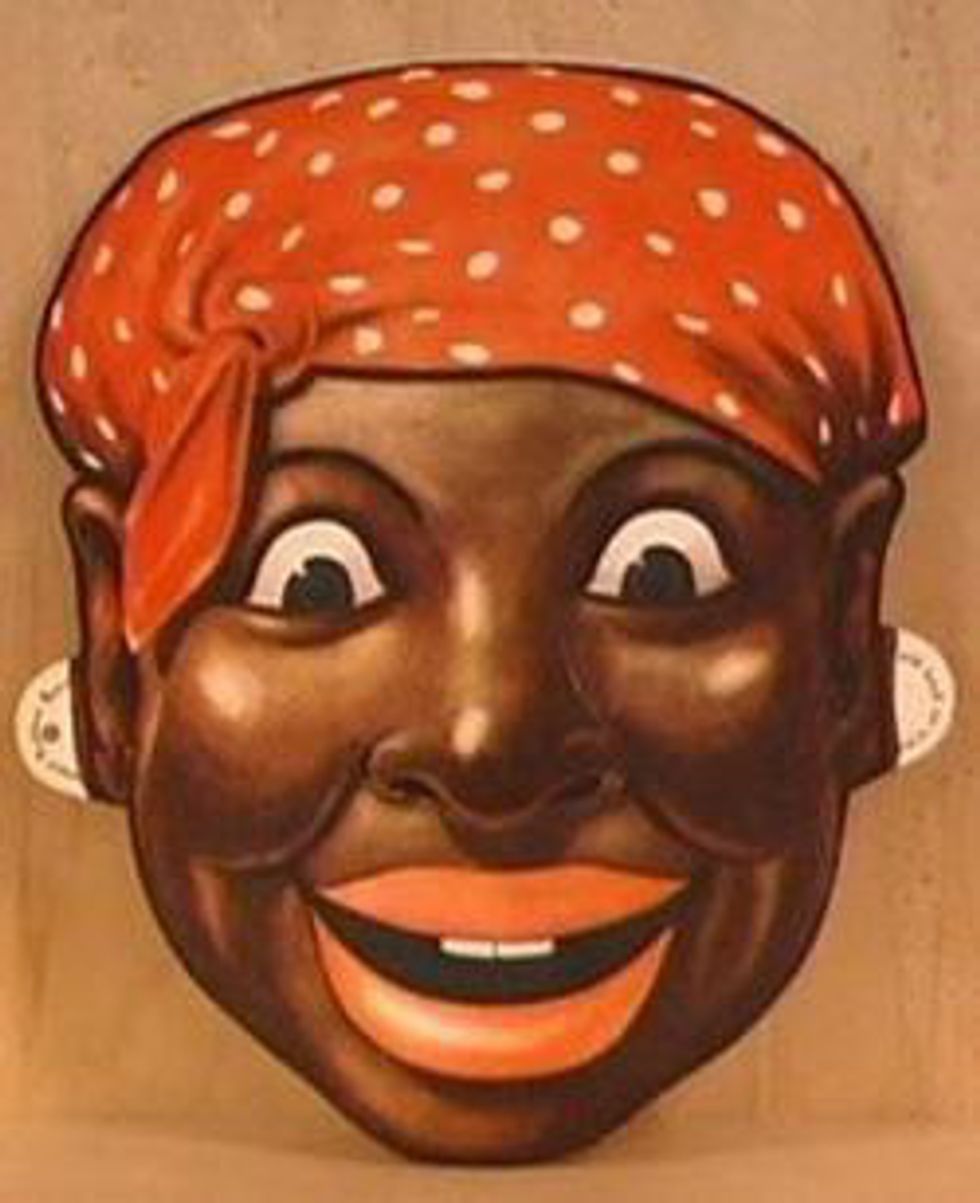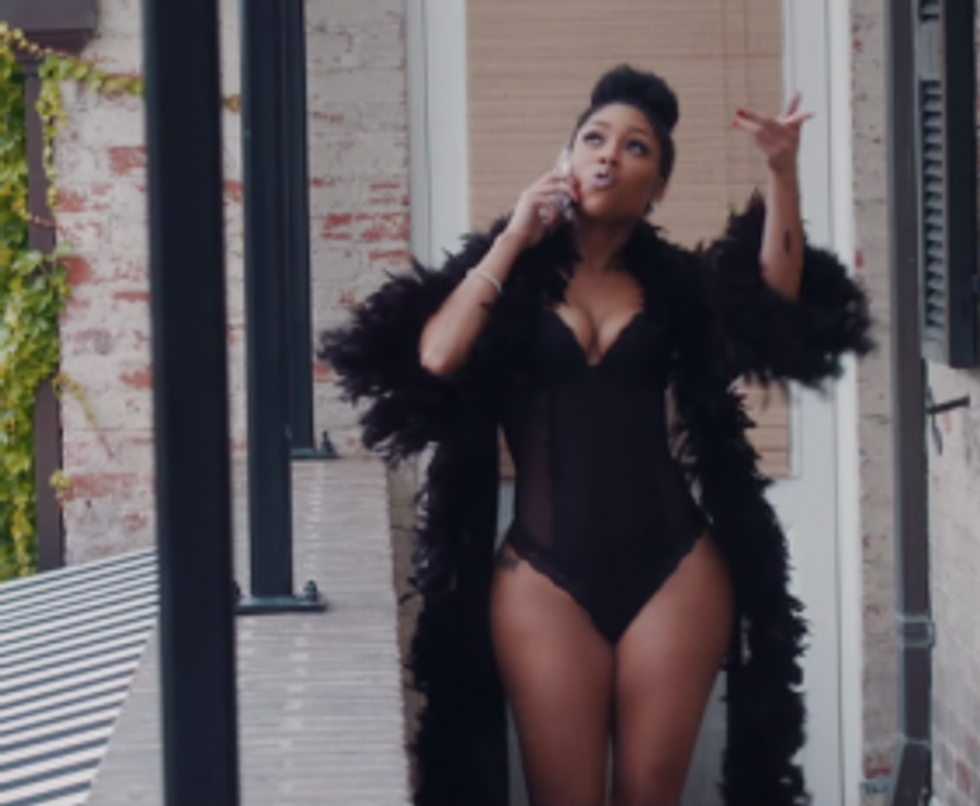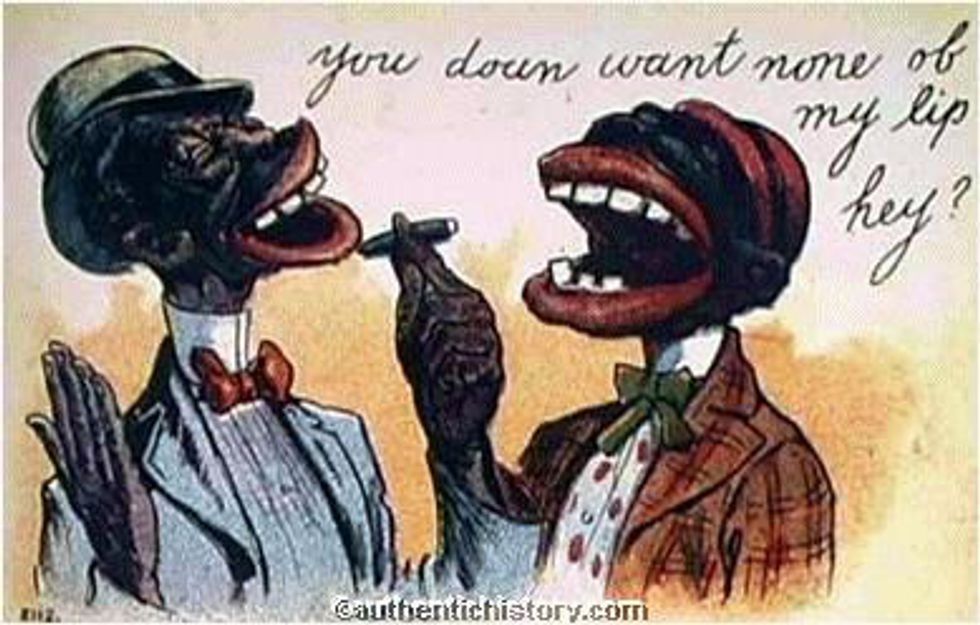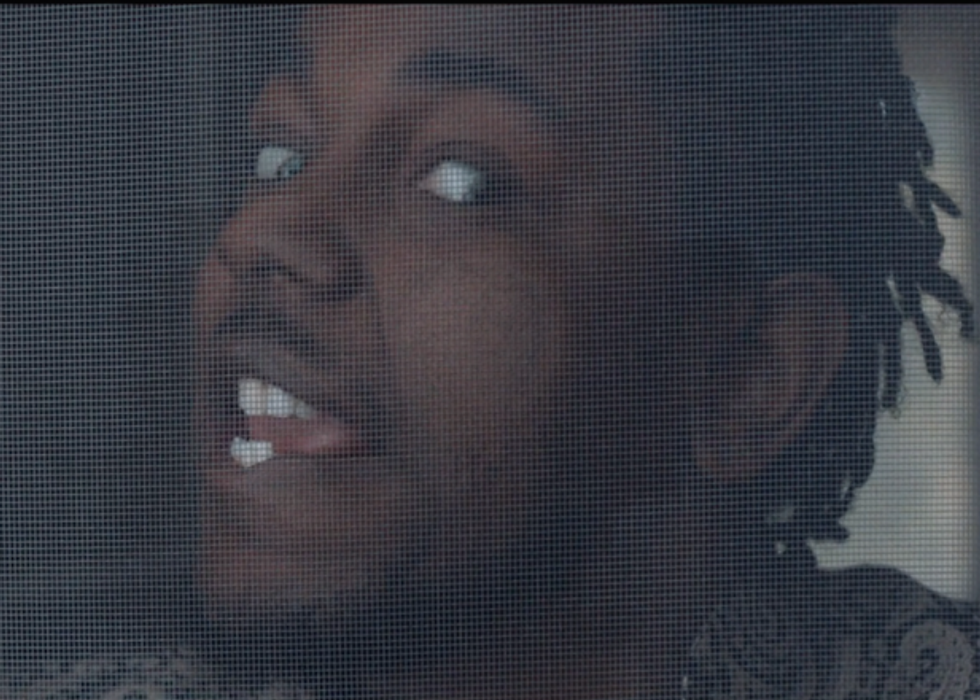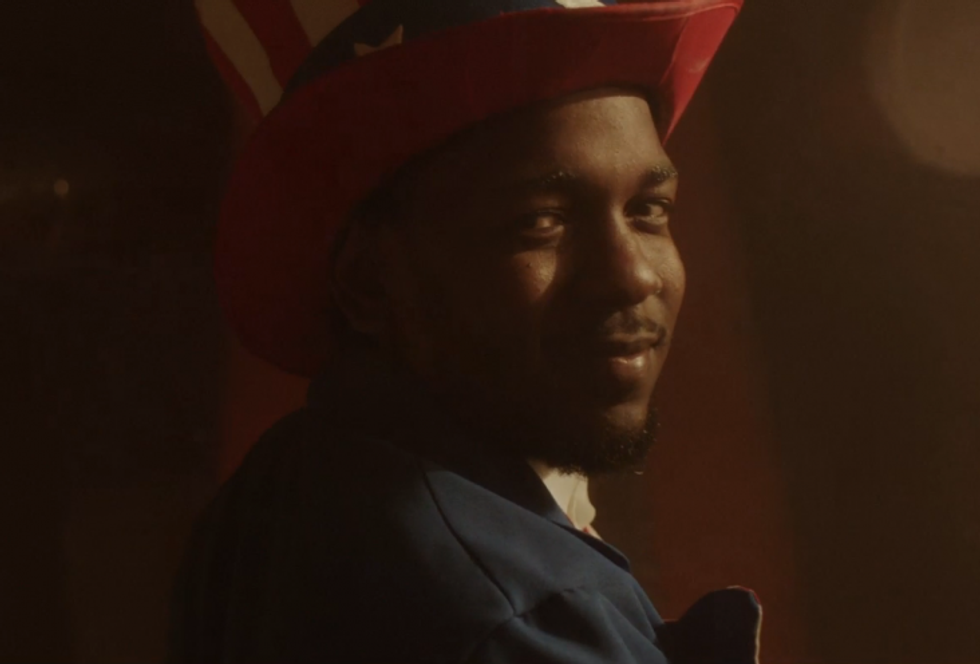Kendrick Lamar’s second album, "To Pimp A Butterfly" sparked conversations with its themes of cultural appropriation, complexion, temptation, self-hatred, and self-love. The album narrates Kendrick's struggle with stardom and his journey towards an enlightenment of himself and the black community. The Compton rapper has plenty of gems on the album, but recently, he released the visual for the interlude “For Free?” At first, one can assume that Kendrick is speaking to a woman who only wants him for money. However, multiple listens reveal that this proclaimed “bad bitch” is actually a metaphor for America’s incessant abuse and appropriation of the black community. Throughout the video, Kendrick Lamar is exposing age-old stereotypes of black men and women, while revealing America's true colors. In the end, Kendrick Lamar overcomes America's agenda by reclaiming his worth.
"For Free?" begins with the opening verse of the “bad bitch” tearing down Kendrick’s self-esteem and manhood. Her tirade is similar to America’s destruction of the black man’s image. After America’s rant about needing a “baller ass, boss ass n*gga”, Kendrick enters with the repetitive phrase “this d*ck ain’t free." This catchphrase is a rebellion against white America’s desire to pimp the black man without fair compensation. Lyrics like “eatin your leftovers and raw meat”, “tellin me green is all I need”, and “I need forty acres and a mule, not a forty ounce and a pitbull” put forth that he and many others have had to settle for less while being sold an American dream that is unachievable for them.
The song ends with Kendrick refusing to give away more of himself to American for profit, citing that he “picked cotton and made her rich; now my d*ck ain’t free.” Kendrick refuses to perpetuate stereotypes or work for America’s benefit, liberating himself from the confines of America’s view of the black man.Throughout the video, Kendrick is chasing behind “America,” who seems to be running away from him—almost like running away from the truth. The “bad bitch” is living a life of luxury, reaping benefits that she has not worked for. Outside of Kendrick and his leading lady, there are images of mammies, monkeys, and Uncle Sams that help to narrate the song.
During slavery in the South, the mammy persona was created to counteract the the black woman who fought slavery and helped other slaves escape. The mammy was a happy, loyal, and kind mother figure. Her physical features were that of an ugly, fat woman with immense strength. She had big lips, kinky hair, and enormous breasts and was nothing like the Eurocentric beauty. Not only were mammies competing against their white counterparts, but there was also rivalry between light skin black women.
Kendrick’s leading lady is a black woman, but she is a huge contrast to the mammy images that were displayed in the video. Her complexion is lighter, her hair straighter, and her figure more slim. A woman of this stature would have received privileges not given to darker black women during slavery. Having a woman of lighter complexion play "America" accurately tackles privilege. Light-skinned black women and white women are held to higher esteem and receive benefits, while dark skin women are short changed. The “bad bitch” occupies two worlds, literally living a better life and metaphorically exemplifying the life whites have lived due to the hard work of slaves.
Monkeys are also displayed in the video. This caricatures were used to dehumanize black people and justify racism. Many whites thought that black people were more simian than human, which allowed them to deny them their basic rights. Cartoons soon followed that displayed black men with dark skin, big lips and ears, and big eyes that resembled that of a monkey. These cartoons were known as coon caricatures that were used to make black men appear stupid. In the video, Kendrick is acting over the top, shucking and jiving, acting like a "coon." His behavior is perpetuating one of the stereotypes about black men, that they are stupid and act irrationally. This is specifically associated with high profile black men like rappers and athletes. Lamar occupies this role at the beginning of the video as the stereotypical rapper with his flashy jewelry and apparel. With “America” running away from him, it only explains white America’s fear of the black man. He can only benefit them if they can get something out of him and other times, they distance themselves.
The video ends on a high note with Kendrick transitioning into a black Uncle Sam. The image of Uncle Sam has always stood for the government. However, with Kendrick taking on the role, it seems that he is taking matters into his own hands. He is governing himself and not falling into an institution built to make money off him. He is so intimidating that even “America” is scared of him, running away from him and out the house. It appears that America can not handle Kendrick being aware of his surroundings and self worth. At first glance, the video may appear comical, but the deeper message behind it reveals images of black men and women that continue to persist today. Hopefully, the black community will recognize the message behind this video and reclaim their worth because they are definitely not for free.




